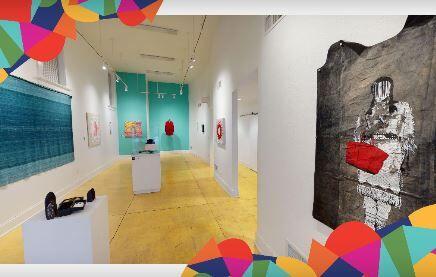An art exhibition focused on violence against Indigenous women, was held in the United States of America.

In 2016, the National Crime Information Center reported nearly 6,000 cases of missing American Indian and Alaska Native women and girls. Researchers say the numbers could be higher An exhibition at the Walker’s Point Center for the Arts in Milwaukee aims to put the issue in front of more people. It’s called: “No More Stolen Sisters”. The main artist of this exhibition, Valeria Tatera said: “These kind of events call attention to the crisis of missing and murdered Indigenous women and girls.”

In an interview Tatera said: “The intention is to bring awareness to the crisis and hold space for the MMIWG2S and their families. I think it’s essential that we understand that the connection between the commodification and exploitation of Indigenous lands leads to the commodification and exploitation of Indigenous people,”
The show features Indigenous artists from across North America and U.S. territories and allies, and includes works made from metal, clay, mixed media and more. At th beginning of the hall,there are several acrylic paintings of faceless Indigenous women dressed in regalia. According to the artist, Harmony Hill, they’re intended to represent the grace, beauty and strength of native women beyond individual identities and tribal regions.
When you walk into the second floor, there is a prominent piece against the wall made of 500 individual pieces of red ribbon, each stamped with the word “justice.” It’s one of Tatera’s works. She says, each ribbon represents one of the missing.
Another art piece of Tatera is an installation in the corner of the same room called “When She Goes Missing”. In the painting, you can see three hands. One is grasping another hand that is red, and the watch says 10. Another is a hand over a face; the watch reads 11:30. And the last is a hand with the fingers crossed, blood dripping down to the watch, and the watch reads 1:00 a.m. Tatera added in the end that she wants the ones who come visit this exhibition to know that Indigenous women are not invisible and they have rights like any other human being.
